Best power bank 2025: charge up anywhere
Whether you’re travelling, commuting or in the office, the best power banks keep everything recharged and ready to use
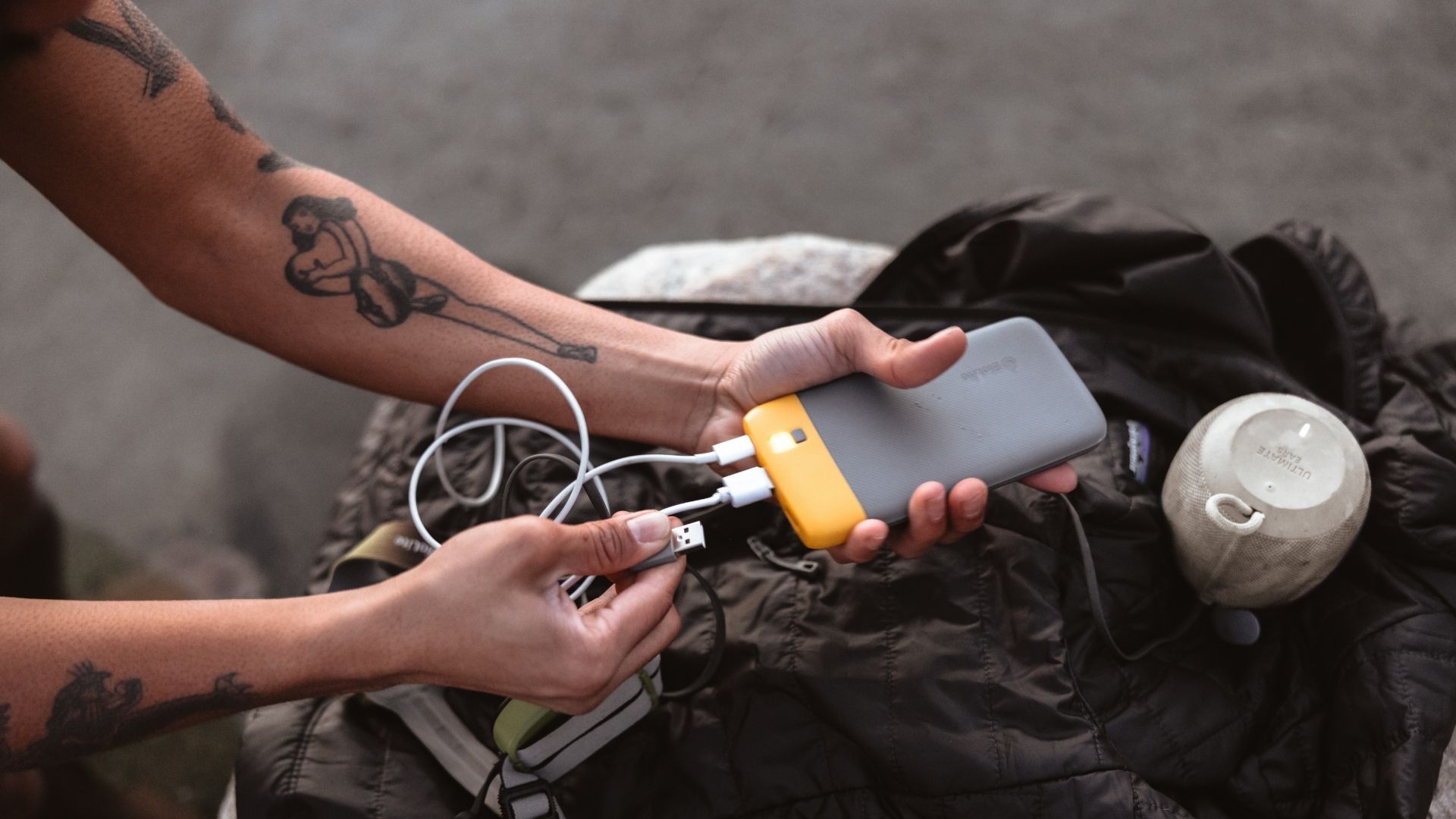

Jamie Carter
The best power banks keep your smartphone, laptop and everything recharged and ready to use, whether you’re travelling, commuting or in the office.
There’s an army of different designs for all kinds of users, from simple ‘brick’ designs – often with huge capacities ideal for going off-grid for a few days – to pocket-or-handbag-sized designs. Some now even have built-in cables, QI wireless charging pads and the ability to recharge one of the best laptops using USB-C PD (‘power delivery’).
Choose carefully from our list of the best power banks and you’ll never run out of power again.
Best power banks ranking 2025


Specifications
Reasons to buy
Reasons to avoid
You want USB-C? Check. How about USB-PD for recharging a laptop? Check. Wireless charging pads for your accessories? Oh. While the BioLite Charge PD 80 does lack a few of the latest features, if you’re travelling hard and need something that will give you lots of power from within a rugged design then the BioLite Charge PD 80 is for you.
Sure it’s expensive, but at 20,000 mAh capacity and with a USB-C 18W PD port, you can use it with a laptop. It’s also got two USB-3A outputs for sending charge to tablets and smartphones and, better still, they can all be used simultaneously.
Read our full review of the BioLite Charge PD 80 to find out more.
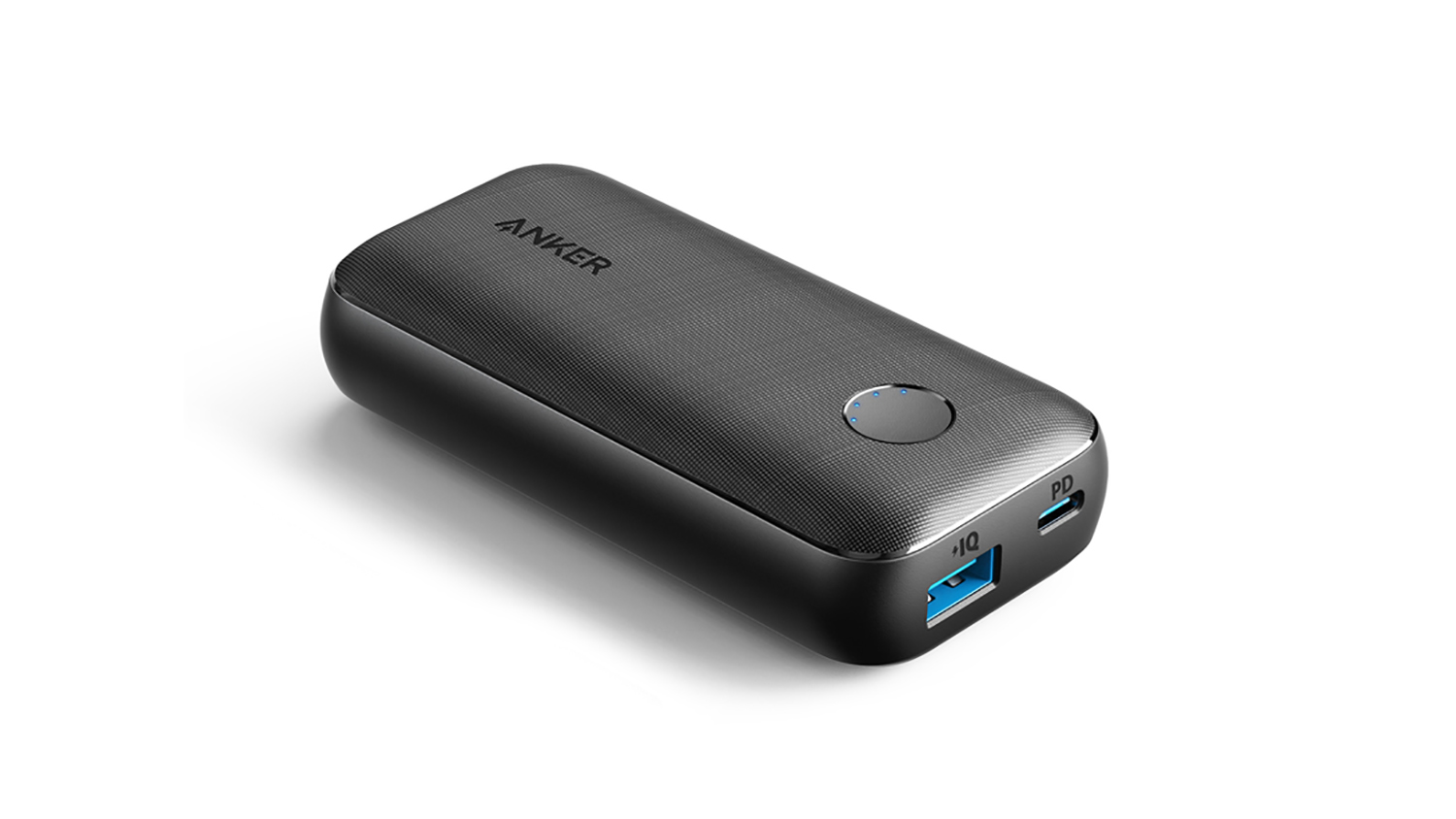
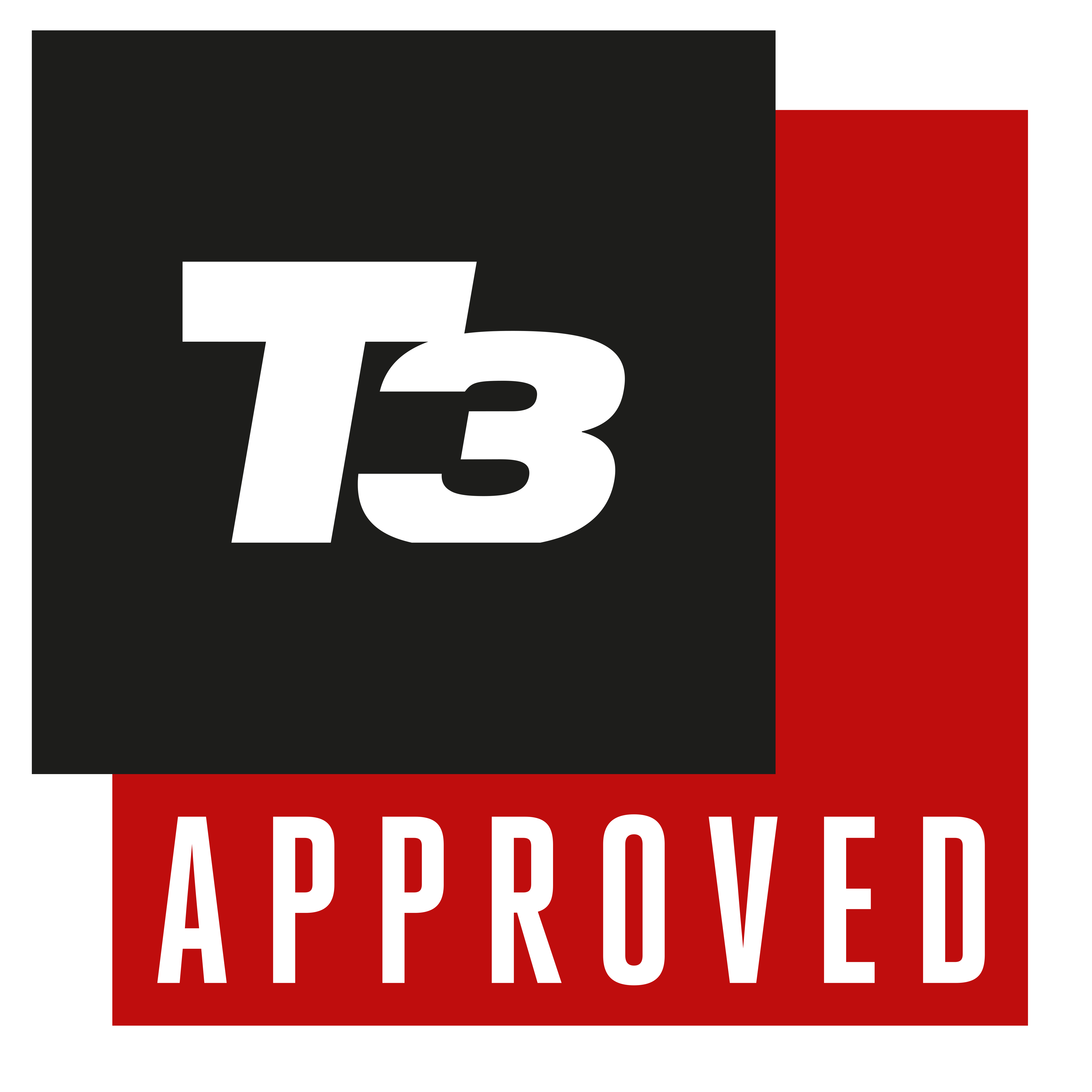
2. Anker PowerCore 10000 PD
Specifications
Reasons to buy
Reasons to avoid
There's that PD or Power Delivery again – the PowerCore 10000 PD from Anker brings with it the same 18W fast charging as the Mophie model above, and the same choice of USB-C and USB-A ports. In other words, there's not much to choose between them at all.
This Anker model has a 50mAh lower capacity but that's barely noticeable, so it really comes down to which design you prefer, and the prices you can find for these two models. We've certainly been impressed with the speed and portability of this charger in testing.
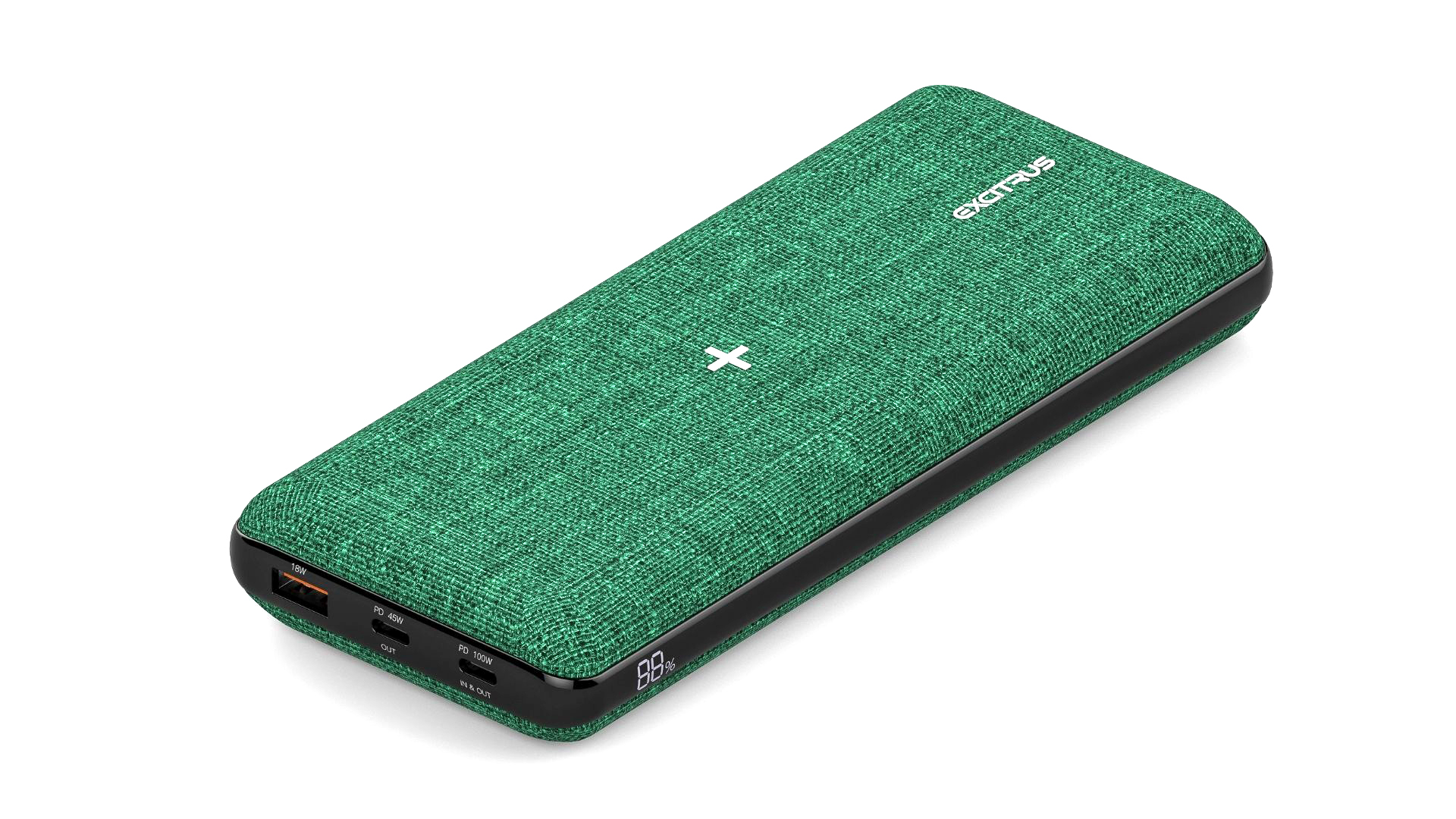

Specifications
Reasons to buy
Reasons to avoid
Why bother buying a wireless charging pad for your home/office/bedroom when a portable battery will do the same job? That’s the concept behind the Excitrus PDW100208, a portable battery with a large 20,800mAh that can be used to recharge anything, anytime, any place.
Its wireless charging pad on top is compatible with Apple’s MagSafe while one end sports one USB-A and two USB-C ports, one of the latter of which is USB-PD so can supply power to a laptop. It’s also able to recharge four devices simultaneously – think smartphone, laptop, smartwatch and a true wireless earphones charging case – so it does a great job on a desk or bedside table.
Read our full review of the Excitrus PDW100208 to find out more!
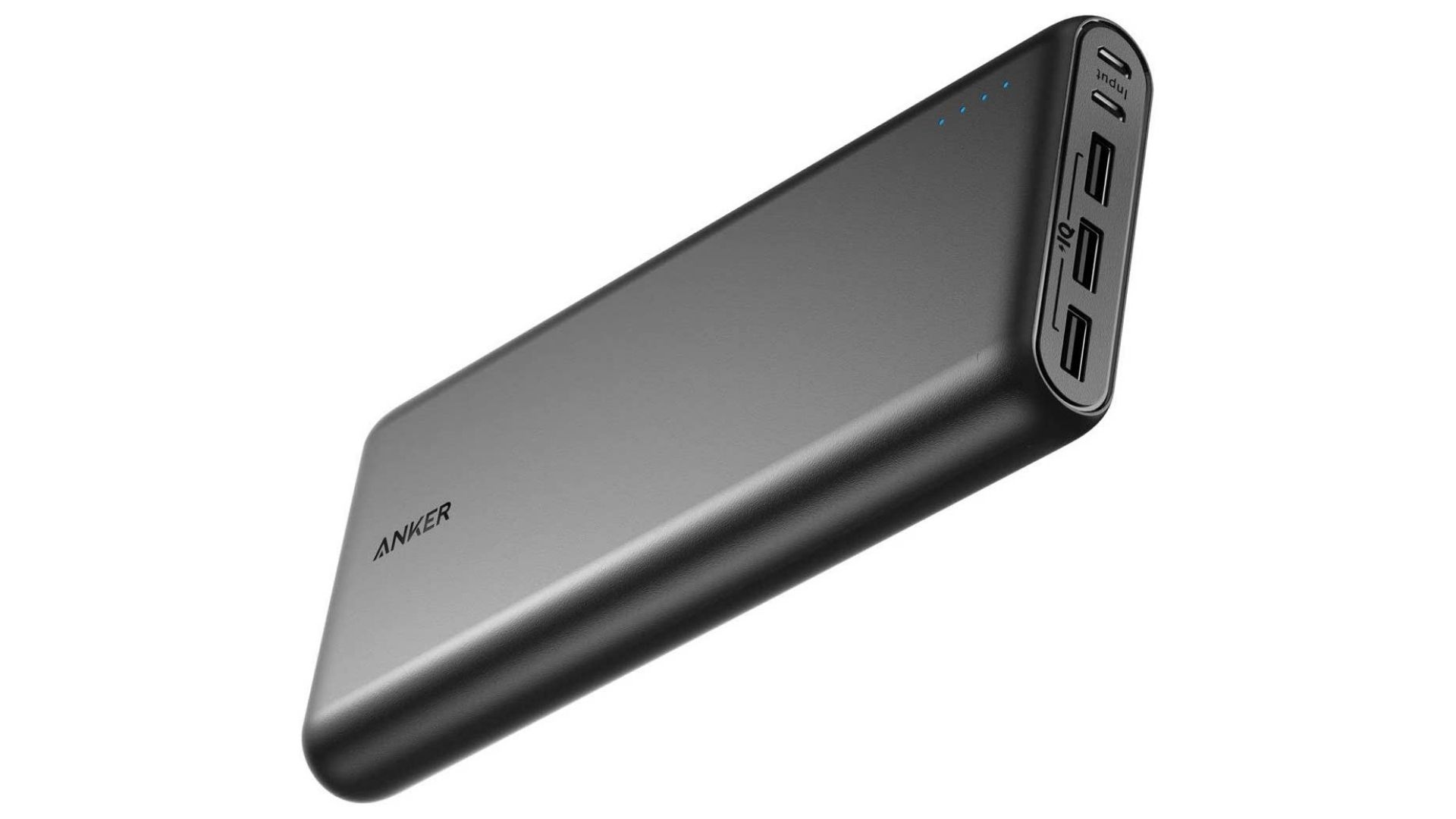

4. Anker PowerCore+
Specifications
Reasons to buy
Reasons to avoid
If you’re after a power bank to keep you going all weekend then the Anker PowerCore+ could be for you. A simple and sleek device – and at 440g a touch lighter than its lower-capacity rivals – the Anker PowerCore+ is also more affordable than most big power banks. That’s because it’s not a USB-C power bank (USB-A only here) and it consequently can’t recharge a laptop.
Still, if you just want to recharge a smartphone, a true wireless earphone charging case and a smartwatch then its whopping 26,800 mAh battery – which is roughly enough to recharge a smartphone five times – can keep you going for days. It takes about six hours to recharge, though that’s done via two micro USB cables, which is unusual. The Anker PowerCore+ may have oddities, but for some users it will be an excellent value purchase.
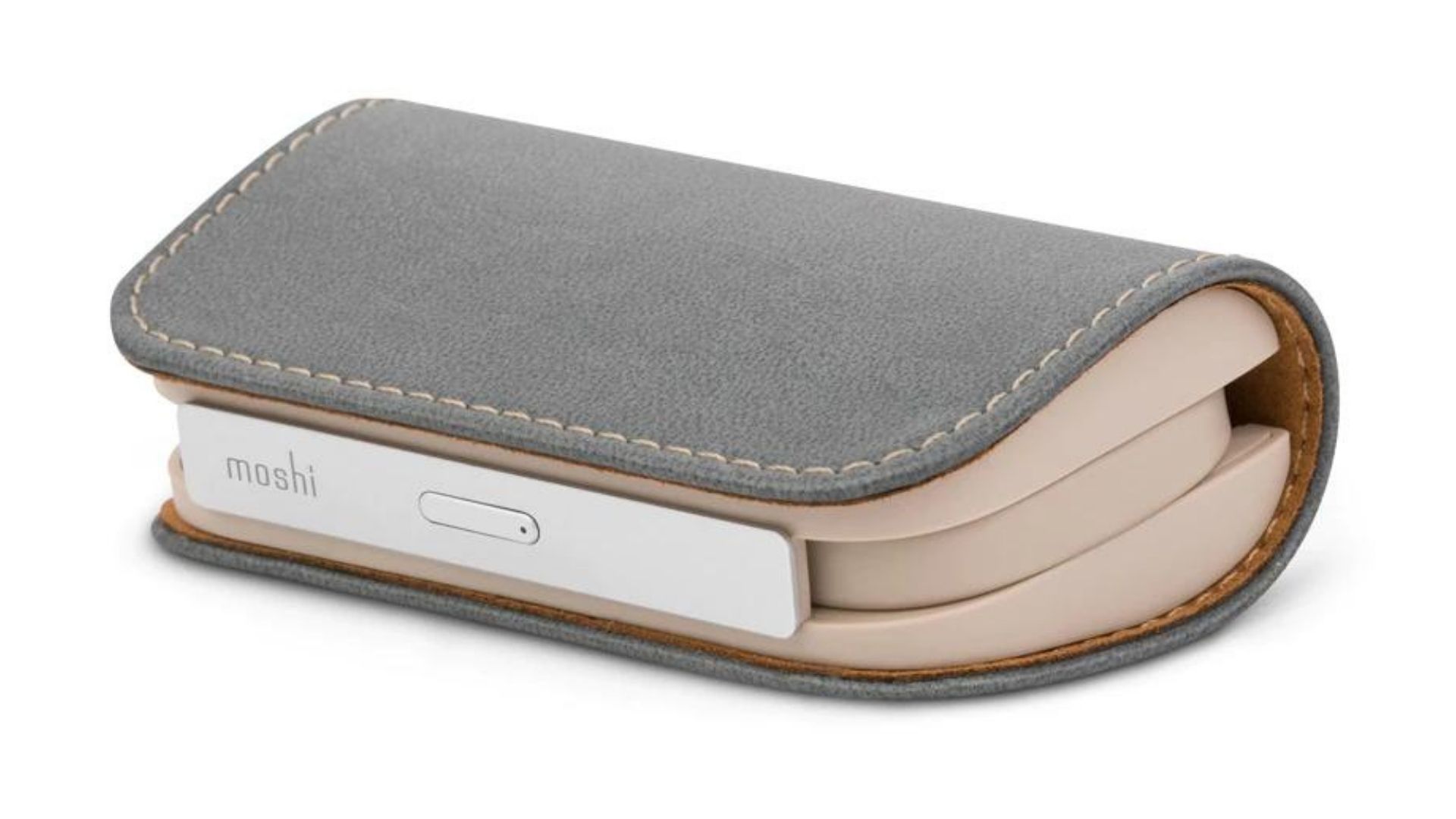

5. Moshi IonGo 5K Duo
Specifications
Reasons to buy
Reasons to avoid
The Moshi IonGo 5K Duo is tiny; at just 120g it’s easily small enough for a handbag or a pocket, and it has all cables built-in. What more could you want? You can buy the Moshi IonGo 5K Duo in one of two flavours, with its pop-out USB cable terminating in either USB-C or Apple Lightning. So it’s likely only going to work as a one-trick product for recharging a smartphone on the go.
However, since you can also recharge the Moshi IonGo 5K Duo itself using its built-in cable, it makes using it a completely cable-free zone, which is unusual. The downside, of course, is its 5,000mAh battery, which is really only good enough for a day out. It’s also got a USB slot for recharging another device simultaneously (though you'll need a cable for that) and works with tablets, but not laptops.
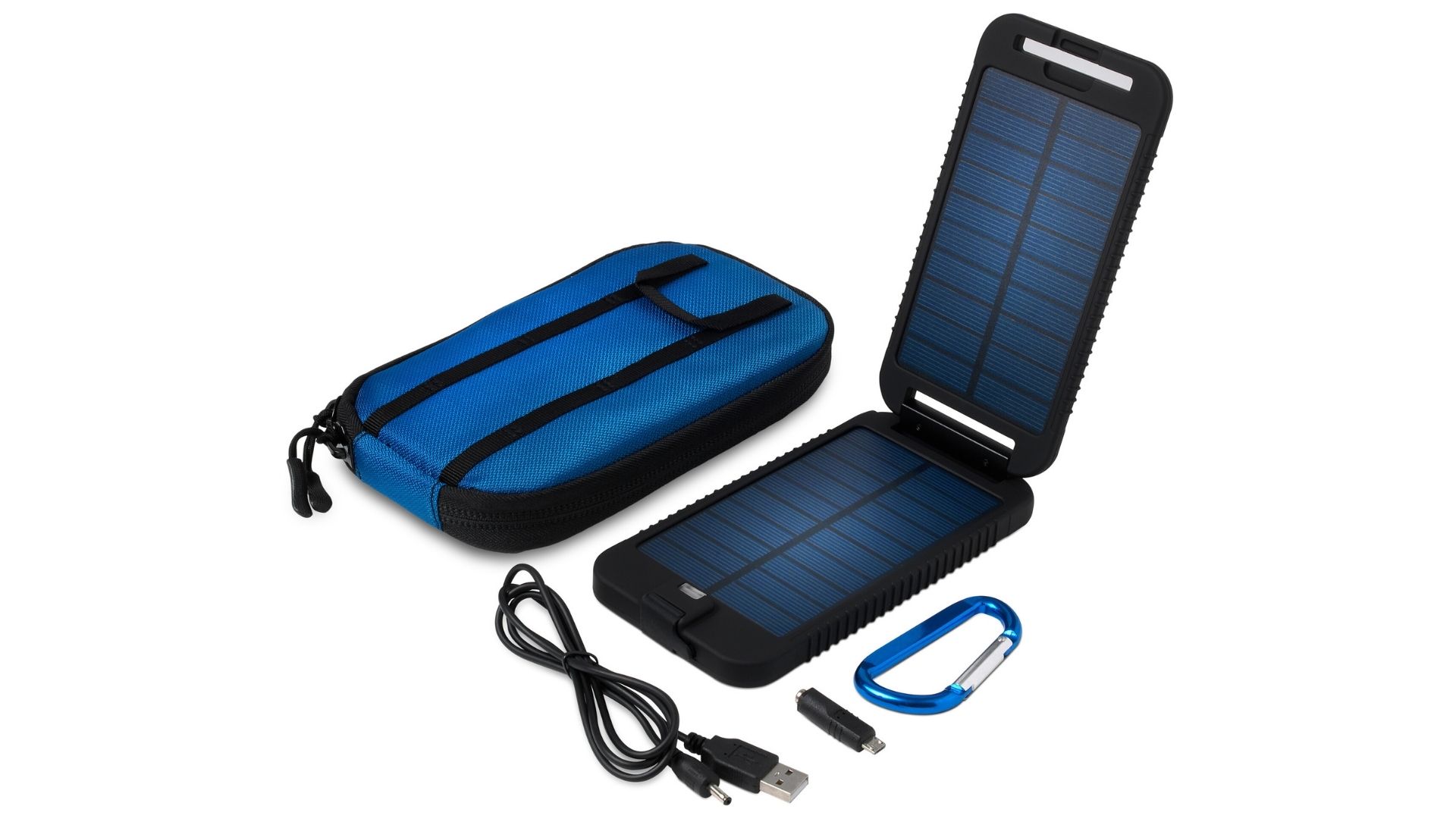

6. Powertraveller Solar Adventurer
Specifications
Reasons to buy
Reasons to avoid
There are two ways to approach heading off-grid; take what you need or you live off the land. The Powertraveller Solar Adventurer I fits best into the latter scenario, with a built-in solar panel rated at 3W that can refuel its built-in 3,500 mAh lithium-ion battery over and over again. Now, 3,500mAh isn’t much. In fact, it will only top-up the average smartphone (via its sole USB-A slot) with about a 50% charge.
What’s more, the Powertraveller Solar Adventurer takes a long time to refuel a phone and itself. The alternative is to take a larger, heavier and higher capacity battery, though the Powertraveller Solar Adventurer’s neat clamshell look, lightweight design and ability to hang off a backpack makes it an attractive and eco-friendly solution for drip-feeding a smartphone while hiking. If you need to power more devices when roaming off-grid, head to our best solar charger guide for some more heavyweight alternatives.
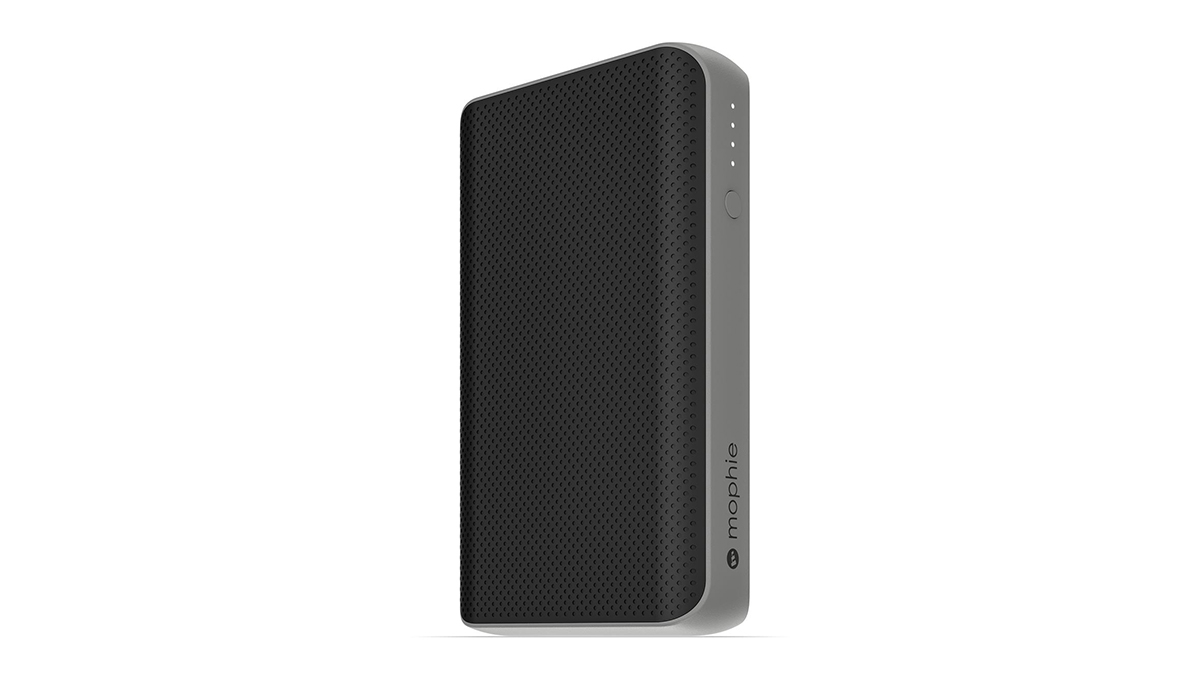

7. Mophie PowerStation PD XL
Specifications
Reasons to buy
Reasons to avoid
Mophie makes some of the best chargers around, and the new PowerStation PD XL does its reputation no harm at all. It offers fast 18W charging for compatible phones (that's the PD or Power Delivery bit), and can charge up to 2.5x faster than traditional battery packs.
The XL bit is for the extra size, giving you a decent 10,050mAh of power on the go – enough to charge up most modern phones two or three times over. You've got a choice of USB-C and USB-A ports (a USB-C cable is included), and we like the nice, textured finish as well.
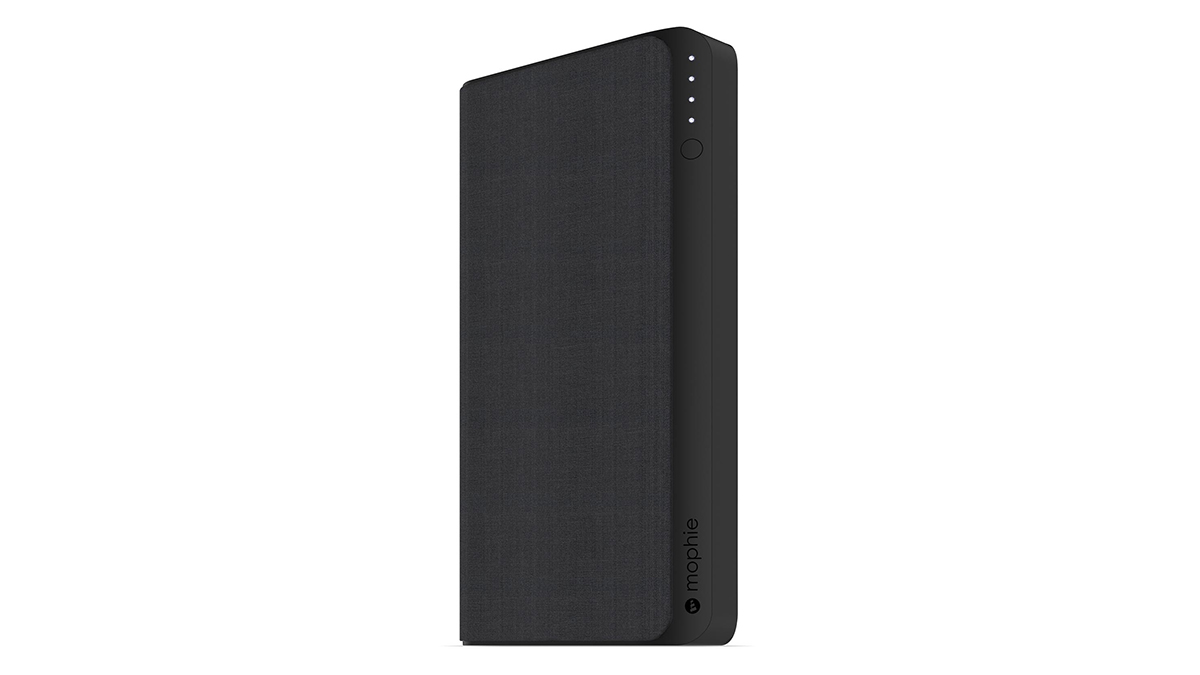

8. Mophie PowerStation USB-C XXL
Specifications
Reasons to buy
Reasons to avoid
With a high capacity of 19,500mAh and the ability to charge up bigger devices – as in laptop-sized big – with its 30W of charging power, there's a lot to like about the PowerStation USB-C XXL. It's easily one of the best portable chargers around in 2019.
Of course with that extra capacity comes extra size, and you can't really slide this into your pocket. You do get a couple of charging points, USB-A and USB-C, for charging two devices at once, and – like the Mophie PowerStation above – it has an appealing fabric finish too.
How to choose the best power bank
Exactly what you need depends on how you intend to use a power bank, and crucially, what with. How big is your smartphone’s battery? The latest iPhone 13 Pro Max has 4,352 mAh while the Samsung Galaxy S22 Ultra is 5,000 mAh. So what is mAh? It’s short for milliamp hours and it tells you how much charge a battery can hold.
Power banks are always a trade-off between weight and capacity. For a quick top-up during a day out you want something small and portable, but don’t go much lower than 5,000 mAh, which will put about an 80% charge into most smartphones (about 800mAh of the battery’s energy is actually used to transfer power to a device). A decent choice for an all-rounder is about 10,000 mAh so you can refuel a smartphone twice over. However, if you intend to go on a long weekend away camping (or you want to use it with a laptop or camera), opt for something about 20,000 mAh or more.
Don’t forget about how the battery itself is recharged. While basic models use any USB plug, if you go for a battery with a USB-C PD output – so you can use it with a laptop – you might want to consider also getting a USB-C PD wall charger, which when used with a USB-C to USB-C cable drastically reduces the time it takes to refuel the battery itself.
Get all the latest news, reviews, deals and buying guides on gorgeous tech, home and active products from the T3 experts

Lizzie is T3's Home Living Staff Writer, covering the latest in smart home, lifestyle and beauty tech. From skincare gadgets to vacuum cleaners, she's your go-to for trends and top recommendations.
When not writing, Lizzie enjoys mooching around Bath, spending time with loved ones, or testing her review units – often during an enthusiastic cleaning spree!